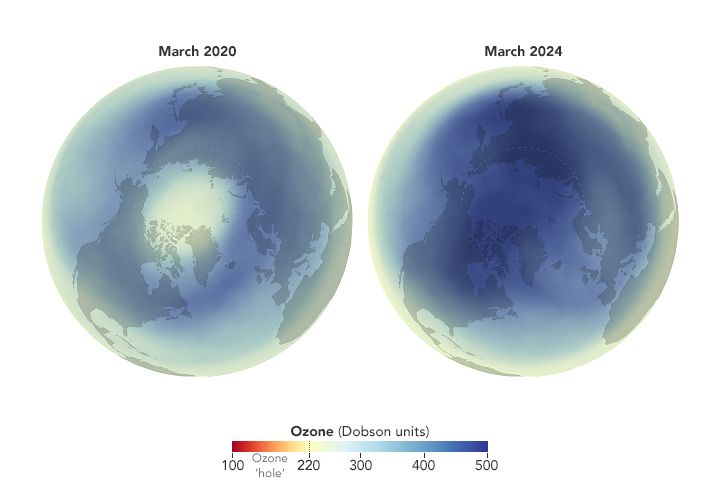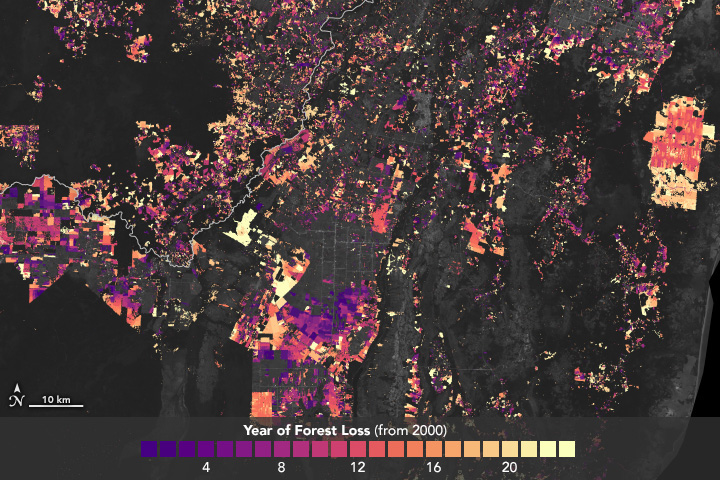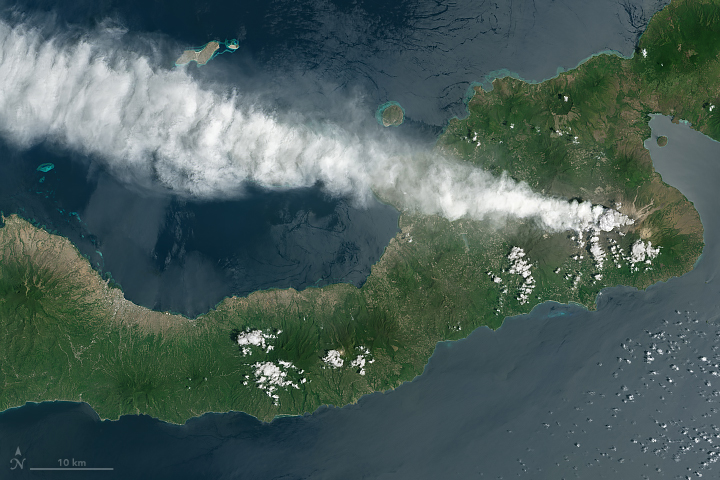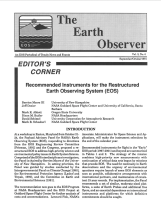- Home
- Missions
- Data
- Communications
- People
- The Earth Observer Newsletter




Recent Imagery
You will be directed to the NASA Visible Earth webpage when you select Images by Mission below, or click on the images at right that are randomly generated to represent four out of all possible topics.
The Earth Observer has a new look! Visit the NEW Earth Observer website.
The Earth Observer: Sep - Oct, 1991
In This Issue
Click title below to view page
PENDING: needs to be manually entered; encountered problem when copying/pasting from original scanned file.
Editor's Corner
Jeff Dozier, EOS Senior Project Scientist
Recommended Instruments for the Restructured Earth Observing System (EOS)
Berrien Moore III University of New Hampshire
Jeff Dozier NASA Goddard Space Flight Center and University of California, Santa Barbara
Mark R. Abbott Oregon State University
Dixon M. Butler NASA Headquarters
David Schimel University Corporation for Atmospheric Research
Mark R. Schoeberl NASA Goddard Space Flight Center
INTRODUCTION
At a workshop in Easton, Maryland from October 21- 24, the Payload Advisory Panel for NASA's Earth Observing System (EOS), responding to directions from the EOS Engineering Review Committee [Frieman, 1991) and the Congress, proposed a restructured EOS to address high-priority science and environmental policy issues in Earth System Science. Comprised of the EOS interdisciplinary investigators, the Panel is chaired by Berrien Moore of the University of New Hampshire. In setting priorities, the Panel was guided by studies conducted by the Intergovernmental Panel on Climate Change [1990), the Environmental Protection Agency [Lashof and Tirpak, 1990), and the Committee on Earth and Environmental Sciences [1991).
The recommendation now goes to the EOS Program at NASA Headquarters and the EOS Project at Goddard Space Flight Center for further analysis of costs and accommodations. Lennard Fisk, NASA's Associate Administrator for Space Science and Applications, will make the instrument selections by the end of the calendar year.
Recommended instruments for flight in the "Early" EOS period ( 1997-2001) and beyond are summarized in Tables 1 and 2. The strategy of the mission combines high-priority new measurements with continuation of critical data sets begun by missions that precede EOS. The need for continuity in Earth observations and the urgency of environmental questions require launch of some EOS elements as soon as possible, collaborative arrangements with international partners, and maintenance of consistent 15-yearrecords. For implementation, the Panel recommends a set of similar, moderate-sized platforms, a suite of Earth Probes and additional free flyers, and an essential dependence on international instruments and platforms for which definitive commitments should be sought.
Read more...

